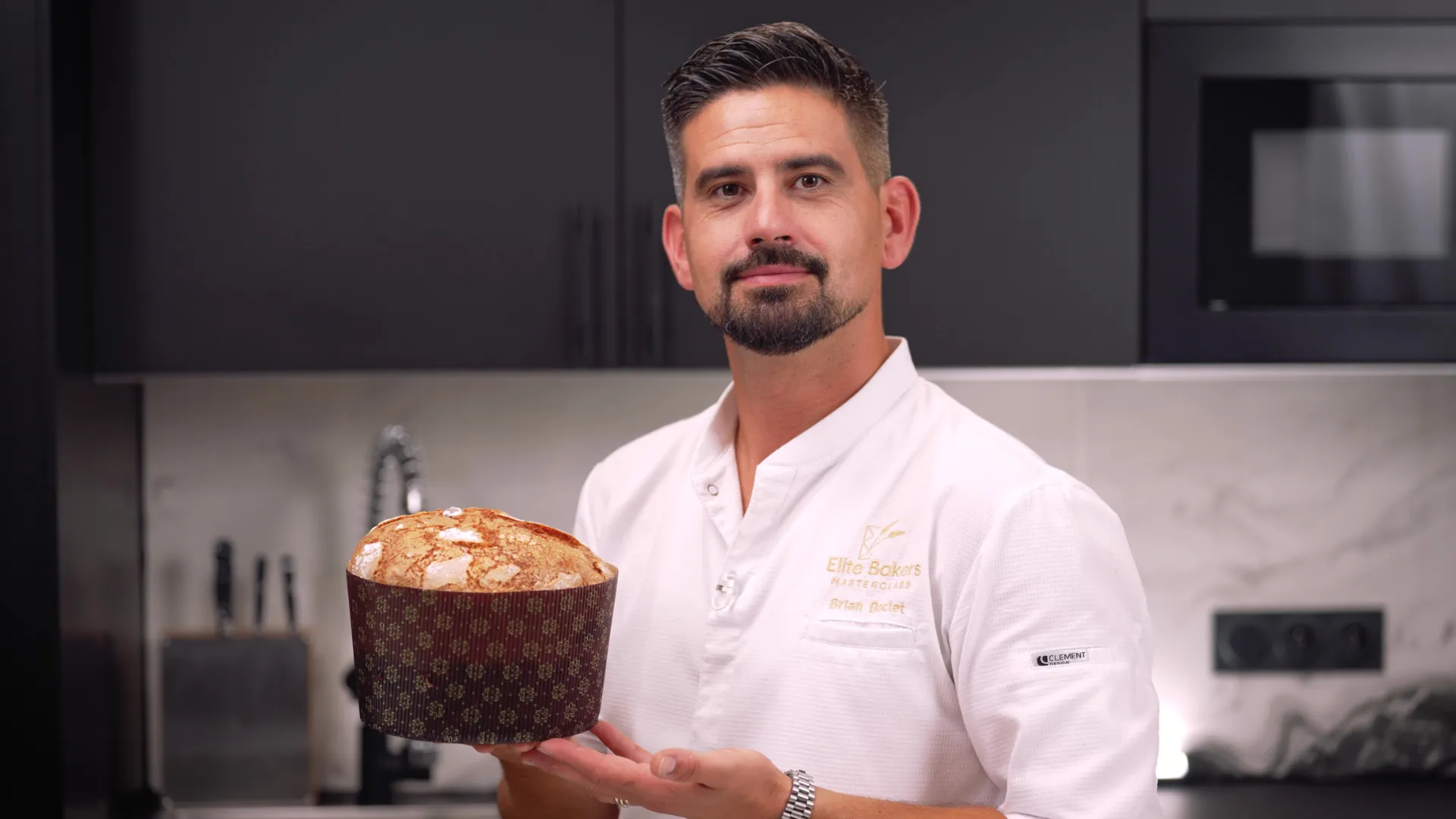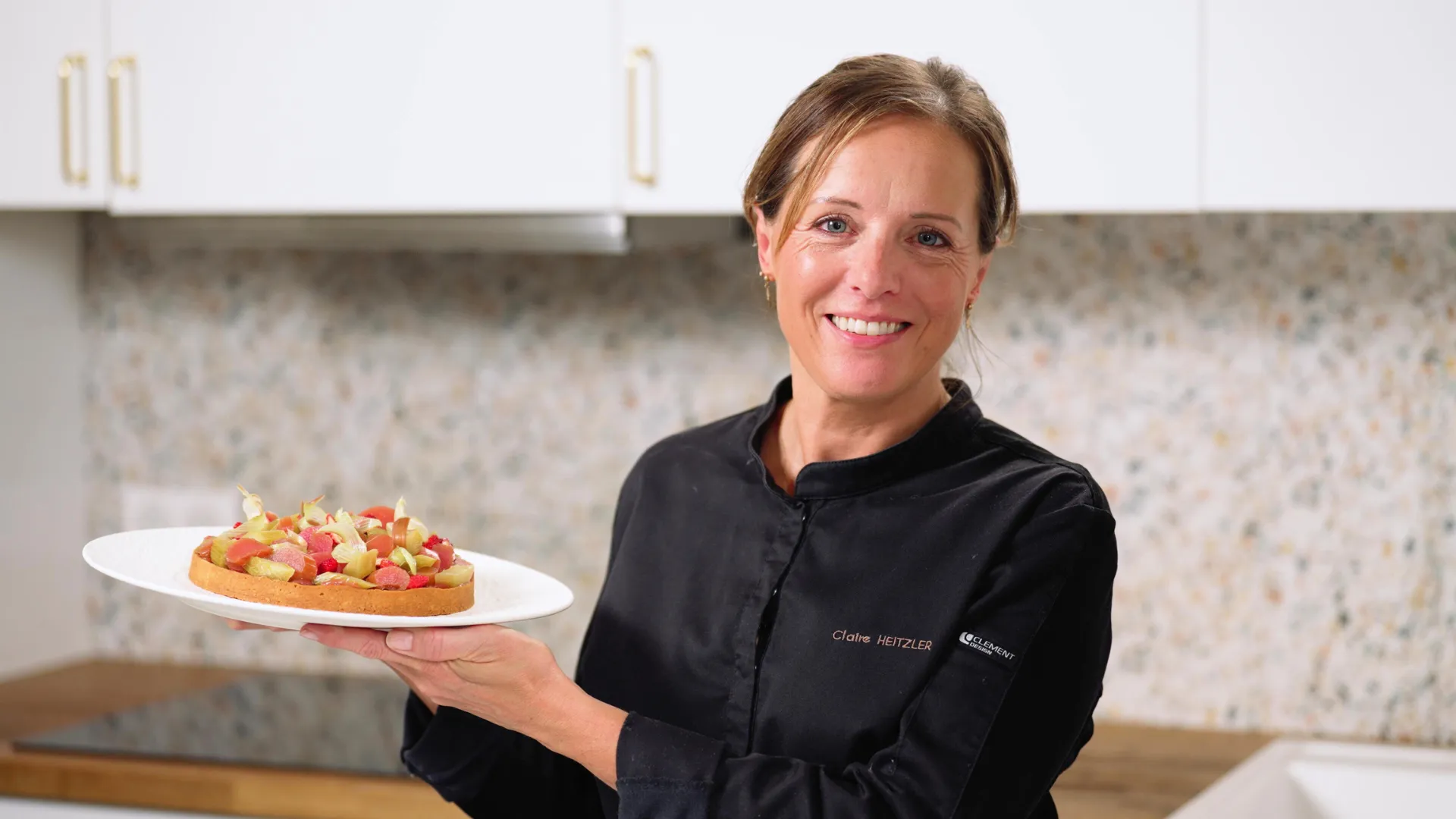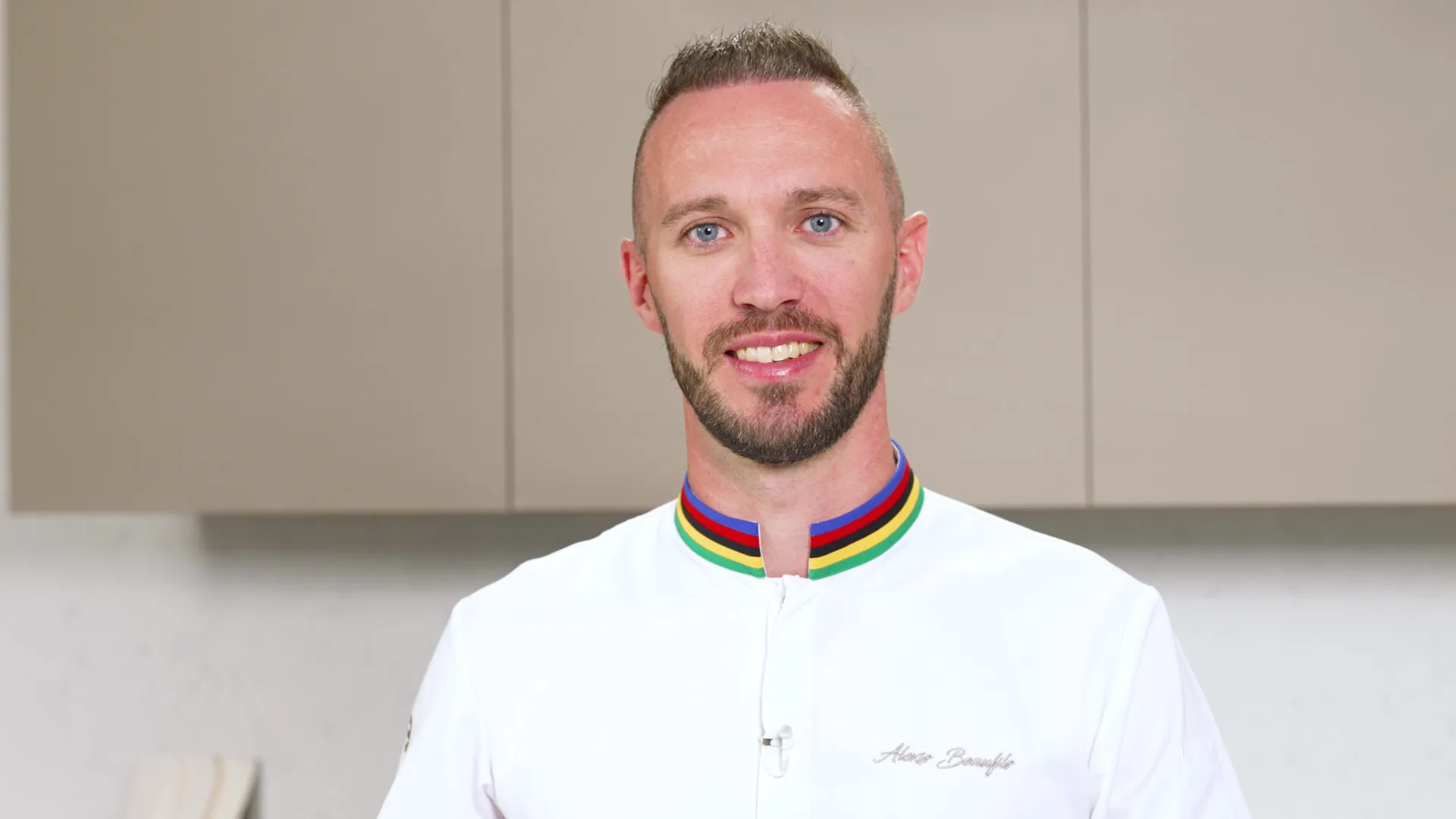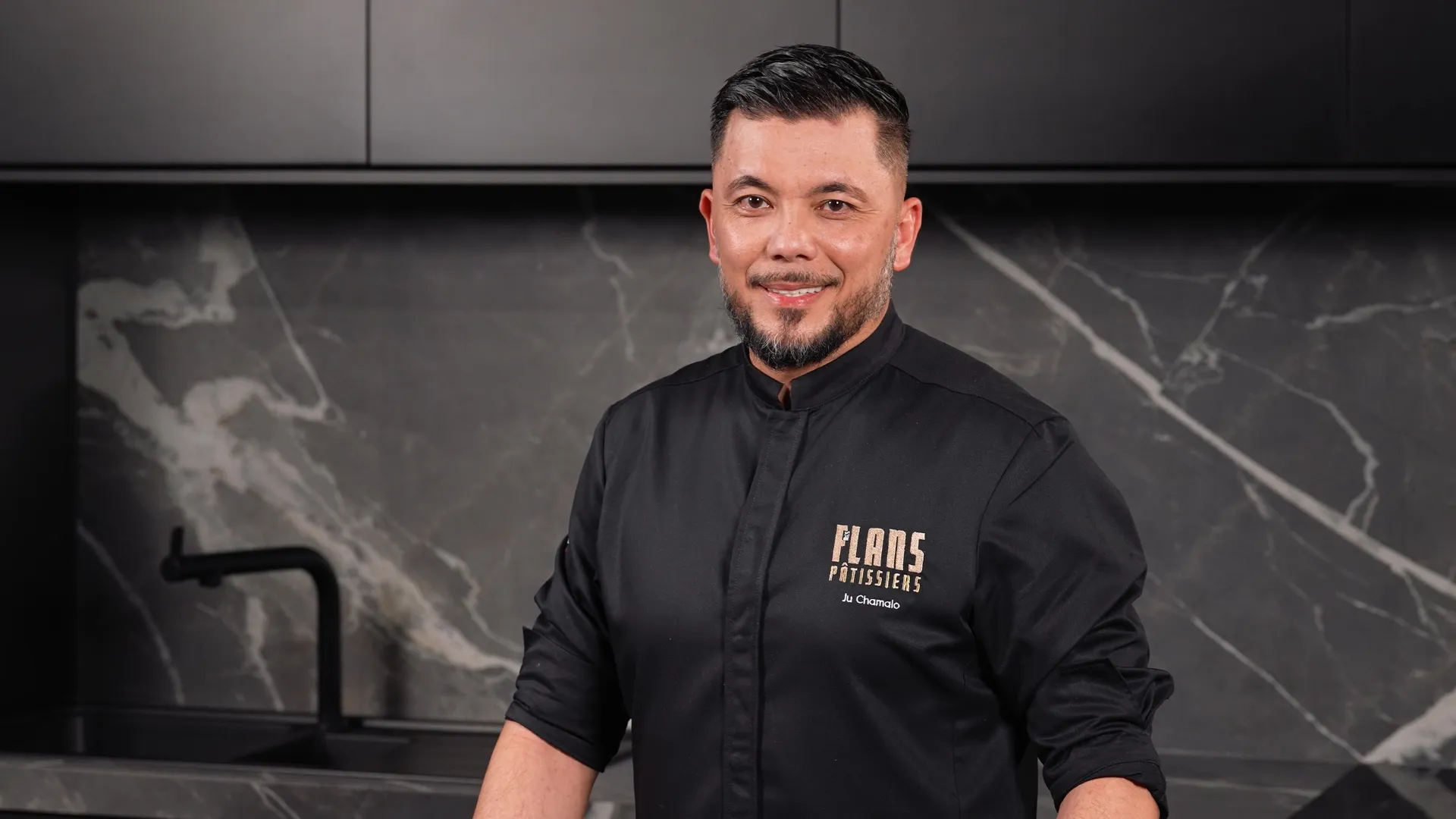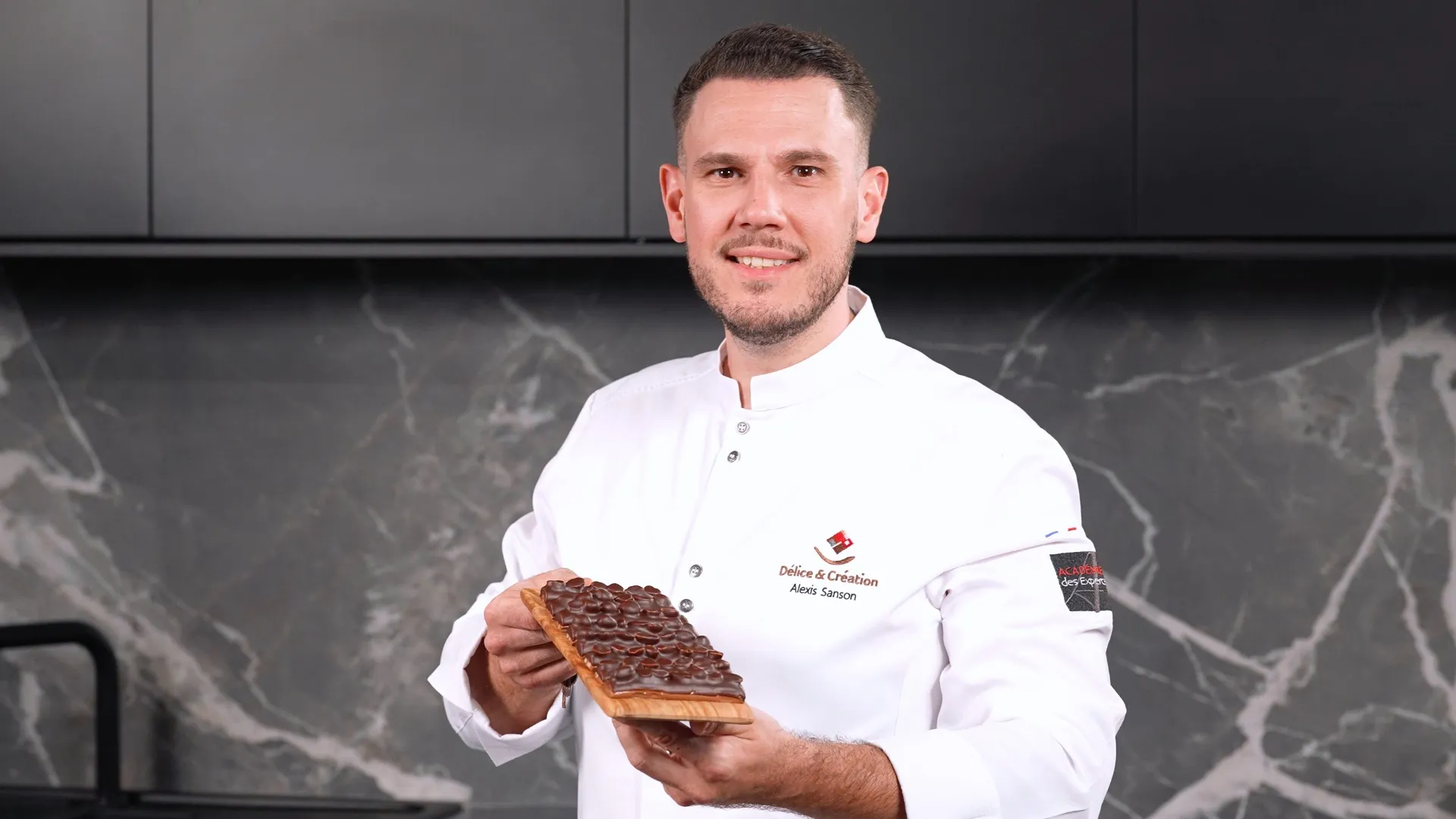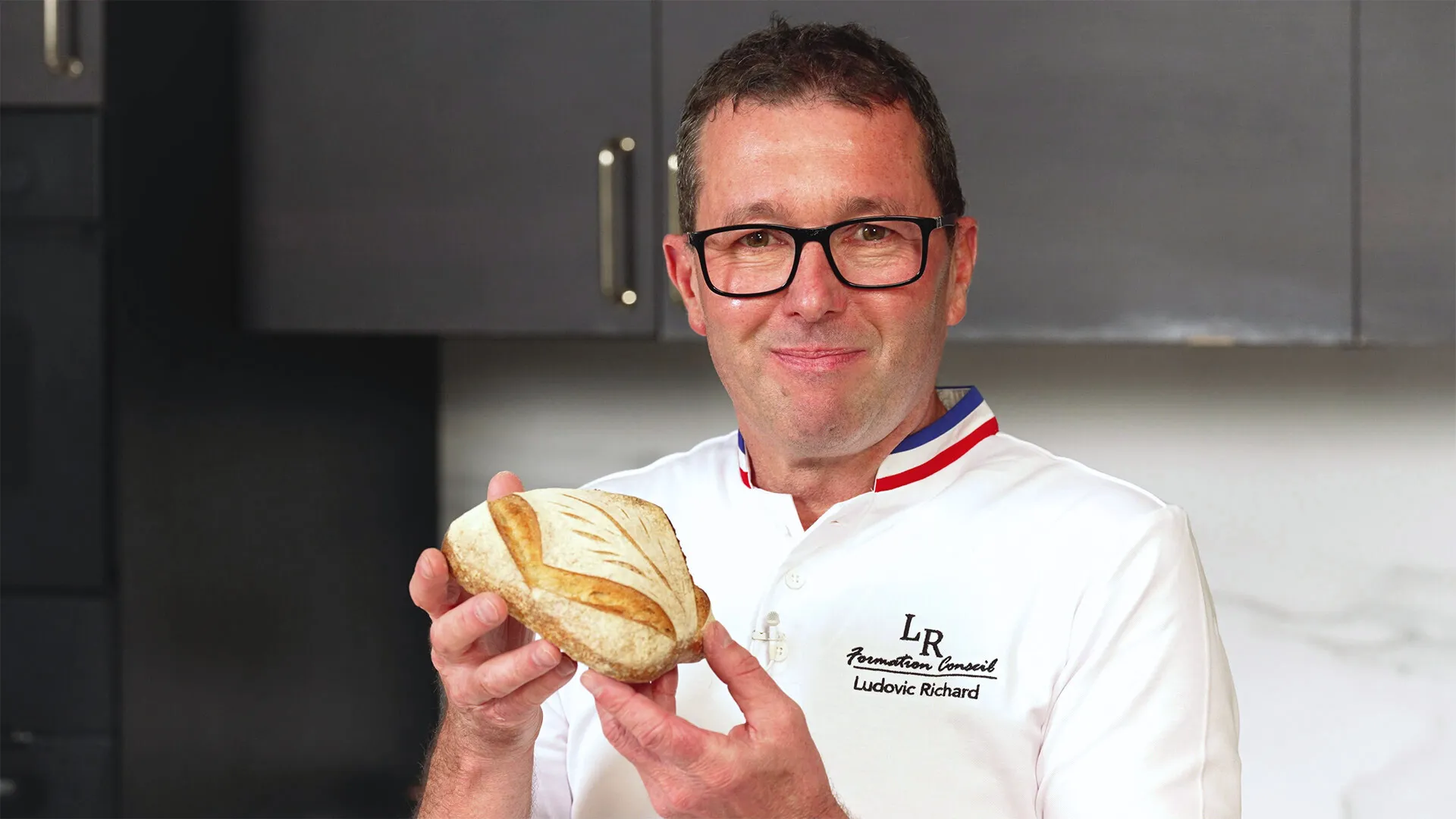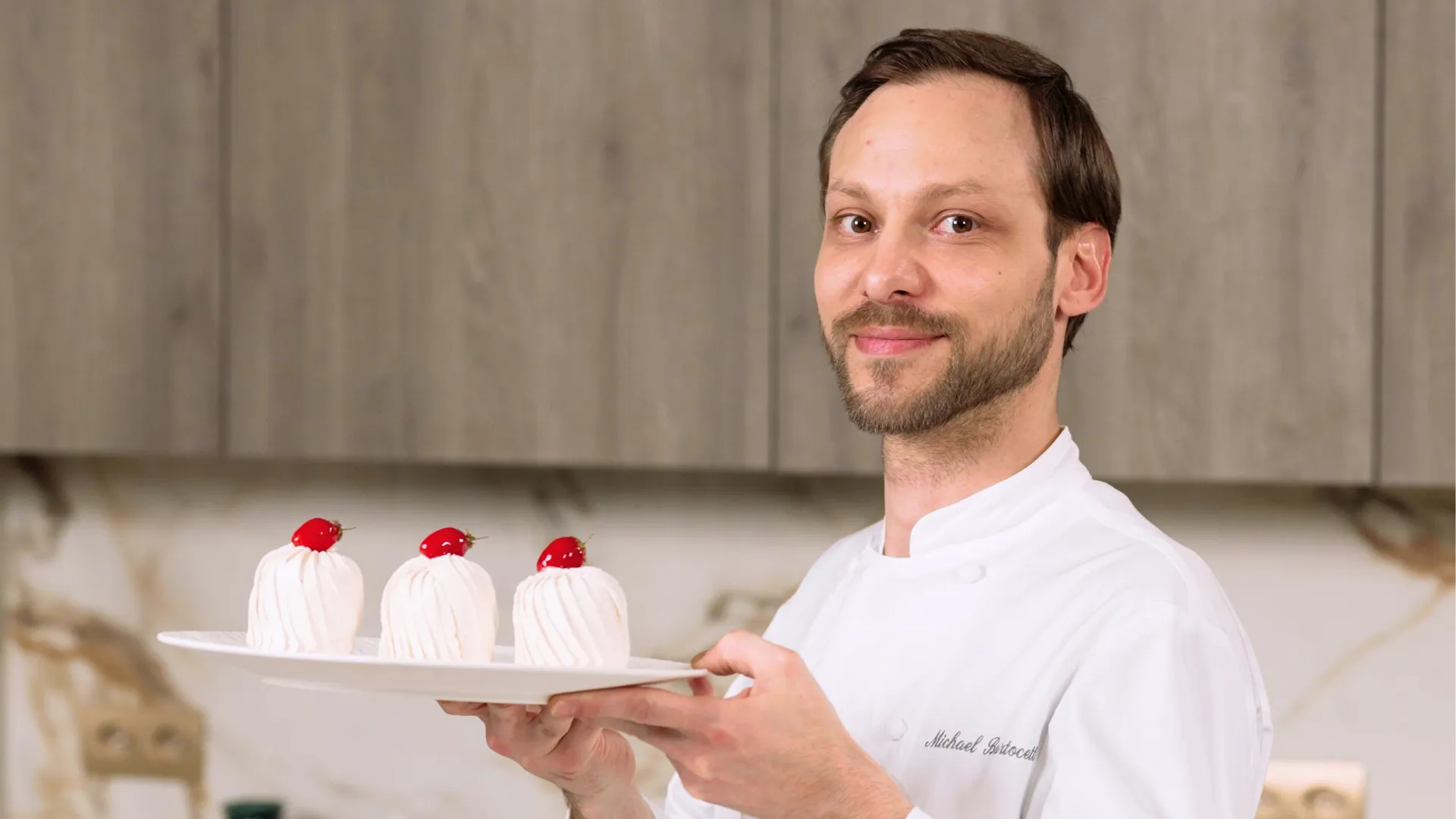Craving a crispy, melt-in-your-mouth pastry generously packed with flavorful nuts? Searching for the ultimate homemade baklava recipe, one that balances flaky filo, fragrant pistachios, and crunchy walnuts all topped with a floral syrup? You’re in the right place.
A true Middle Eastern treasure, baklava has traveled through centuries and across cultures, layered with textures and tradition. But behind its irresistible taste lies a delicate technique from the choice of nuts to layering, syrup ratios, and bake time.
In this article, you’ll learn the classic recipe for baklava with walnuts and pistachios, shared with care by bakers who love rolling up their sleeves. Whether you’re a pro or a passionate home cook, this recipe will help you sharpen your skills.
Here’s what you’ll find:
Grab your apron you’re about to embark on a sensory journey of crunch, melt, and sweet indulgence.
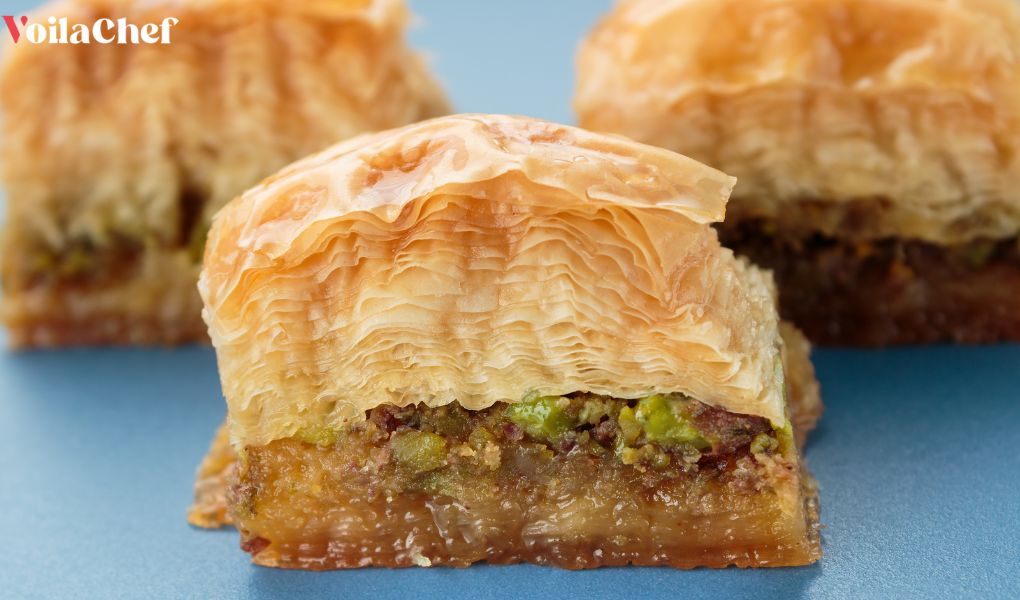
To create an unforgettable baklava at home, you’ll need:
These simple ingredients come together to create a dessert that’s flaky, gooey, and full of rich flavor.
Let’s walk through the process step by step.
The baklava filling is simple, but packed with flavor.
And that’s it your filling is ready!
This is where the magic happens. Take your time, and enjoy the process.
The smell from your oven? Absolutely irresistible.
The syrup gives baklava its signature melt-in-the-mouth finish.
In a saucepan, combine:
Heat over medium until the sugar dissolves. Optional: stir in 1–2 tablespoons of honey for added richness. Let the syrup simmer for 10 minutes, then remove from heat.
As soon as the baklava comes out of the oven, pour the hot syrup over the hot pastry. The hot-on-hot contrast helps the syrup soak deep into the layers.
Let it rest several hours ideally overnight before enjoying.
Want a perfect result? Keep these pro tips in mind:
Baklava is a staple in Middle Eastern and Mediterranean dessert traditions, with rich history and regional spins.
Though baklava has Middle Eastern roots, it’s beloved in Turkey, Greece, Lebanon, Armenia, and North Africa each adding its own twist based on local ingredients and customs.
Often prepared for festive occasions like Ramadan, weddings, Orthodox Christmas, or Greek Easter, it’s a symbol of celebration and generosity.
Want to add your personal twist? Try:
Baklava is an invitation to experiment, while staying true to its soul: layered, sweet, and meant to be shared.
Can I substitute the pistachios?
Yes! Use almonds, cashews, or hazelnuts based on your taste or what you have available.
Where can I find filo dough?
Most grocery stores carry it in the refrigerated or frozen section. Handle quickly it dries fast!
Can I make it ahead of time?
Definitely. Baklava tastes better the next day. It keeps 5–7 days at room temperature in an airtight container.
Can baklava be frozen?
Yes before or after baking. Just thaw at room temperature (skip the microwave to avoid sogginess).
Do I pour syrup hot or cold?
Always hot on hot. This helps the syrup absorb evenly and keeps the texture perfect.
Is it very sweet?
Baklava is rich by nature, but you can reduce the syrup’s sugar or use mild honey for a lighter version.
Can I make it without butter?
Yes. Use plant-based margarine or a mix of neutral oil and vegan butter.
Is baklava hard to make?
Not at all! It just takes patience and precision but every step is worth it for the final result.
That’s a wrap on this rich, authentic baklava recipe.
Now, you’ve got everything you need to bake a baklava worthy of the finest patisseries: carefully chosen ingredients, step-by-step mastery, and pro tips to balance crunch, melt, and delicate floral sweetness.
You’ve also uncovered the cultural roots of this iconic dessert and a few tempting twists to make it your own.
Ready to roll up your sleeves and wow your guests? Let’s get baking!
But why stop here?
If you enjoyed this recipe, imagine what you could achieve with the support of expert pastry chefs.
At VoilaChef, we offer online pastry courses led by top French chefs. Learn at your pace, from home, with access to proven methods, insider tips, and chef-level techniques.
Want to go further and master the art of pastry from real pros?
